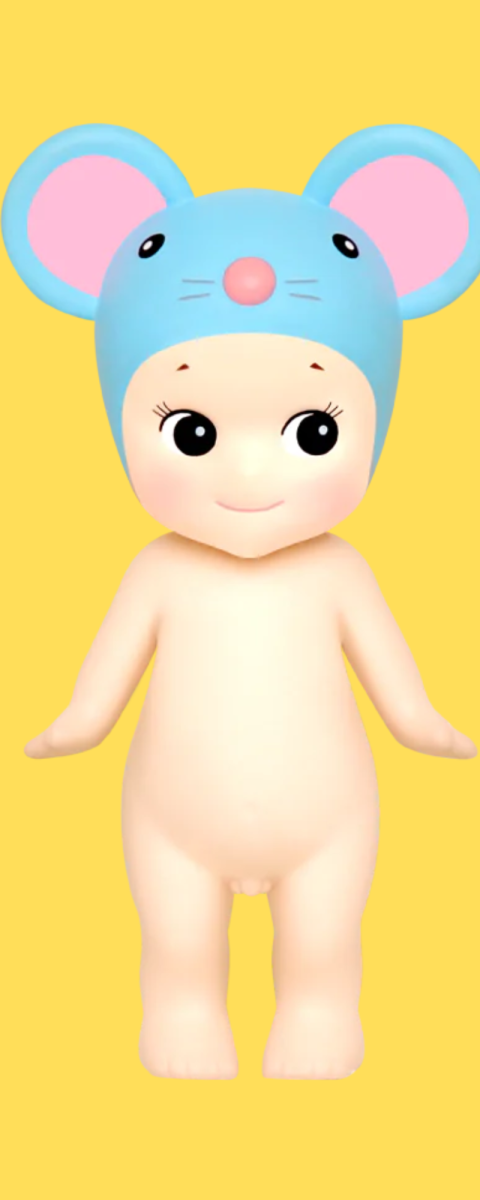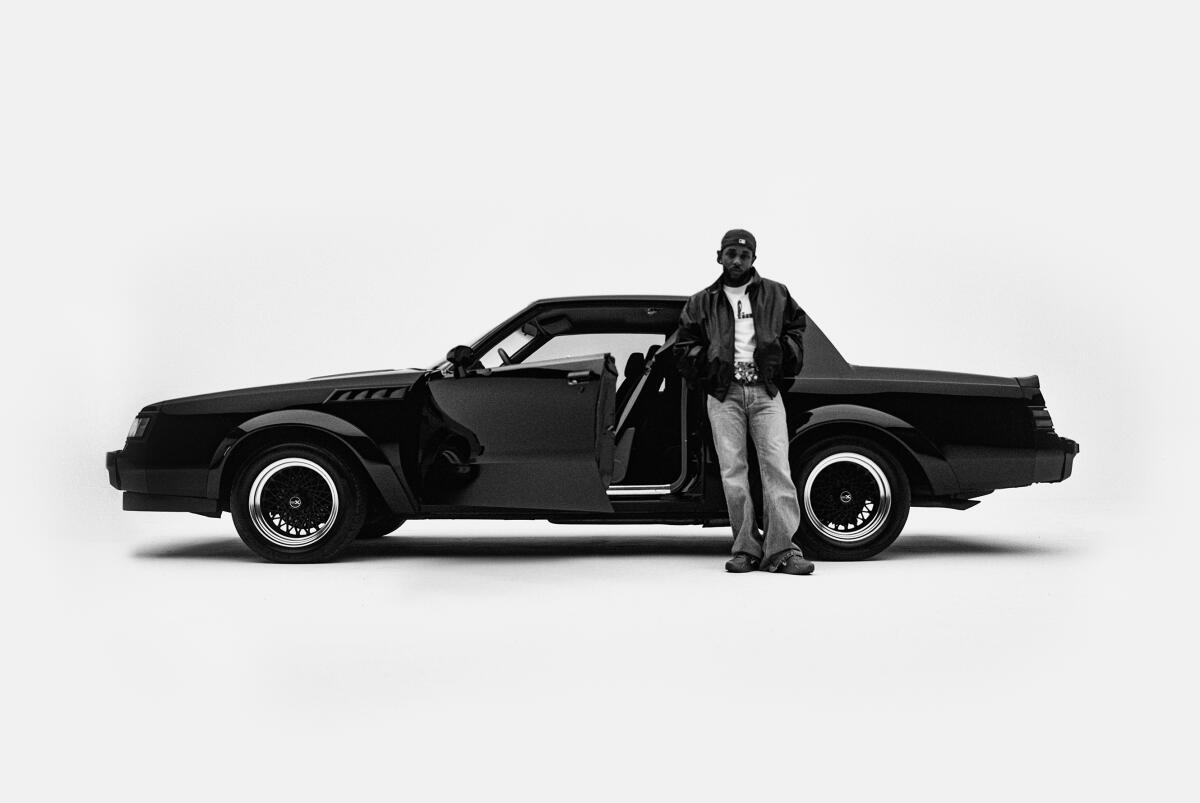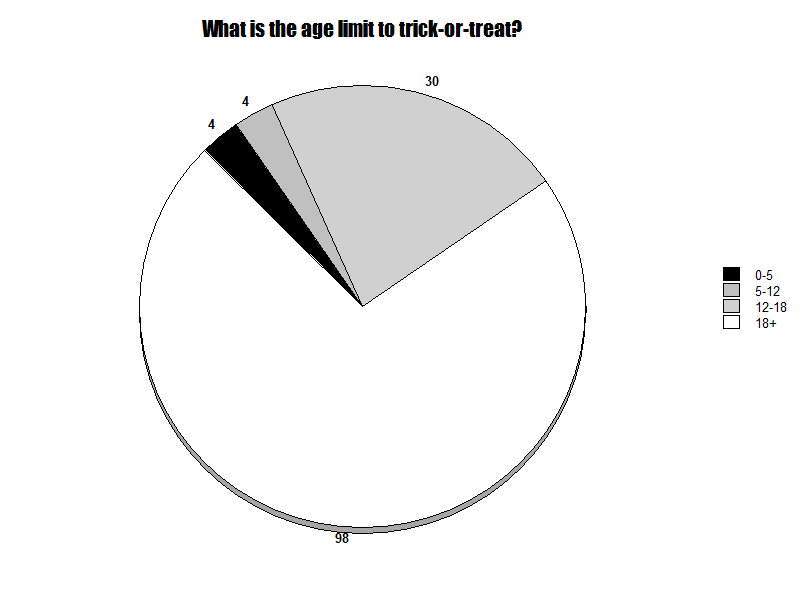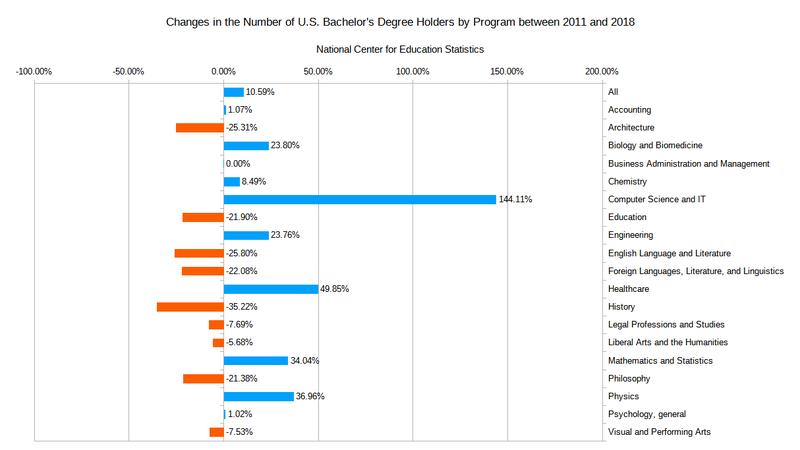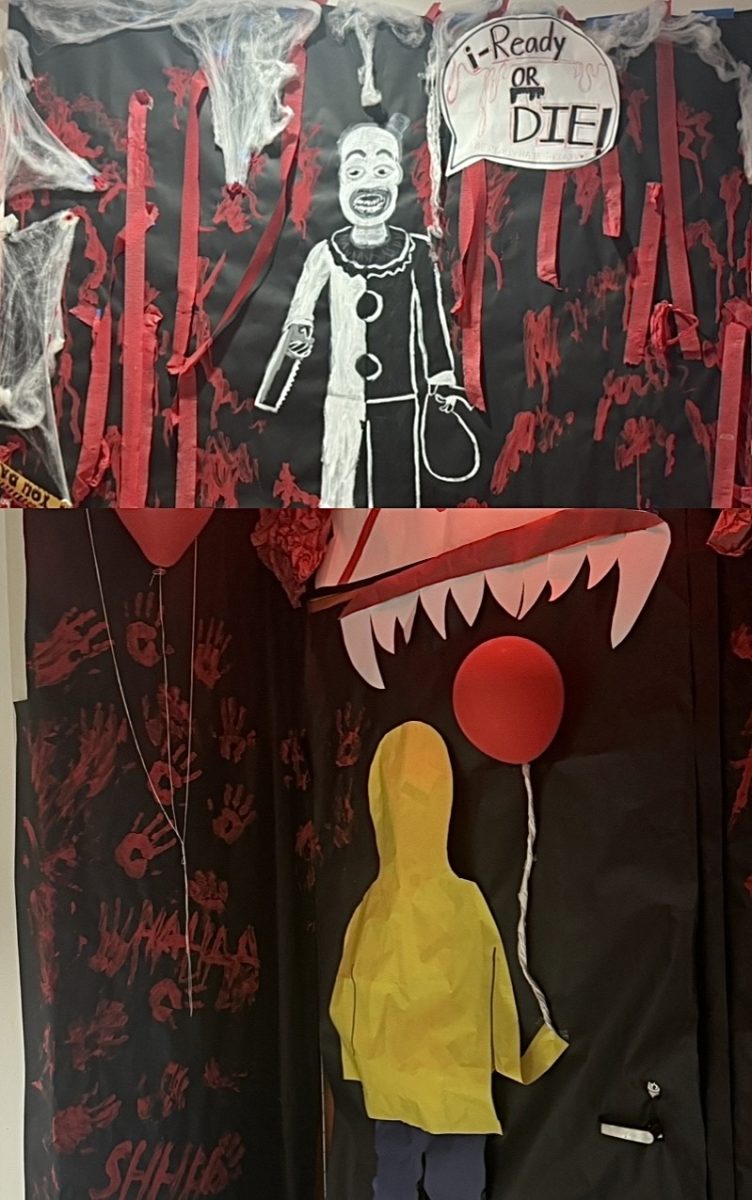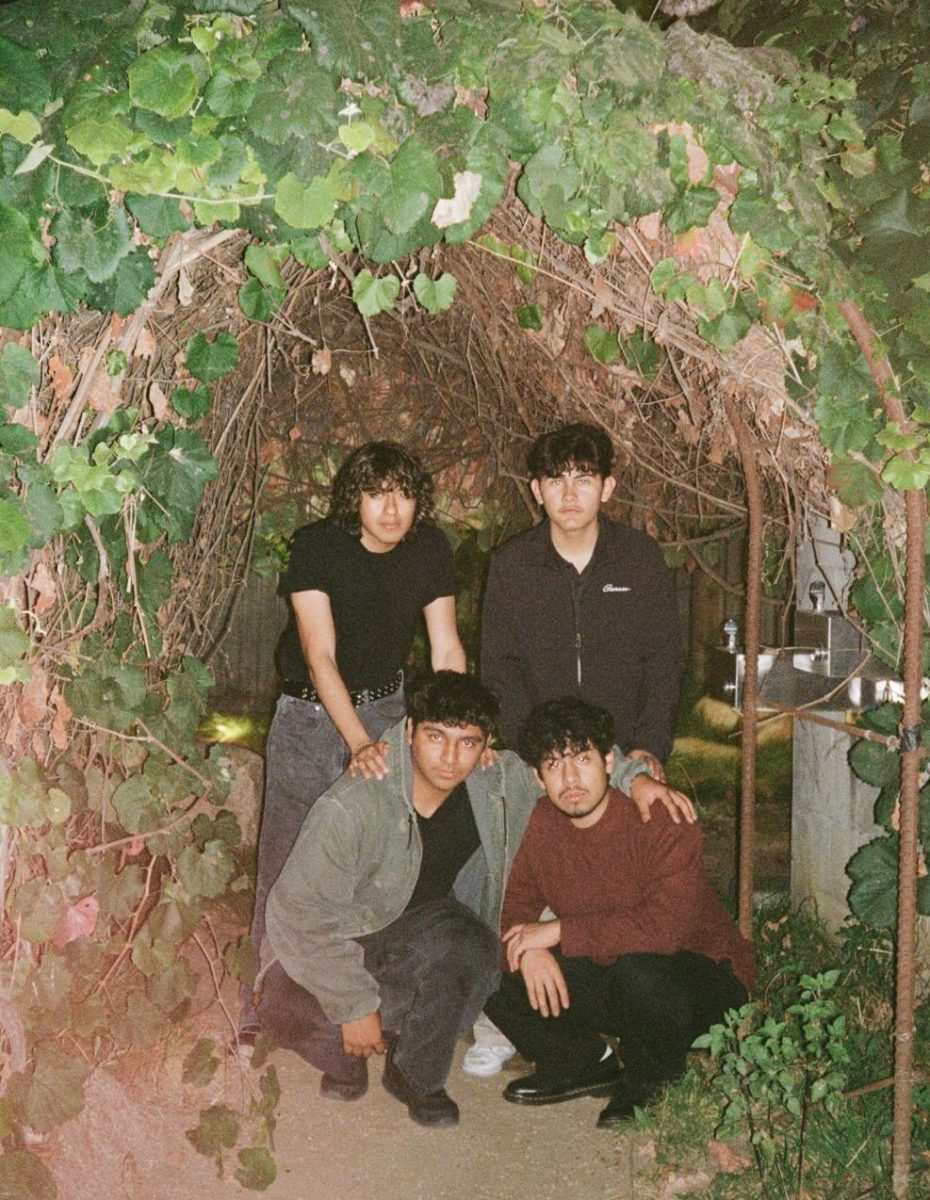Besides those living under a rock, there is a very high chance that everyone has come across tiny and silly figurines with pastel wings and quirky headgear. Sonny Angels, originally a niche Japanese collectible, have exploded into mainstream popularity as it has filled shelves, TikTok feeds, and resale marketplace. But as with any viral trend, these unique figurines have somewhat died down in the trend spectrum but certainly still drags attention from many consumers.
Sonny Angels have actually been around since 2005, created by Toru Soeya from Dreams Inc, but their recent surge in popularity is fueled by a perfect storm of excitement, aesthetic appeal, and the thrill of the blind-box surprise. The hunt for rare figures, combined with their cuteness appeal, has turned them into a new social media thrill. At the same time, some simply find the tiny babies cute in their naked form and simply choose to admire them. From cozy desk setups, to the back of phone cases, or even in the inside of cars, collectors take pride in showcasing their tiny companions wherever they go.
Moreover, TikTok influencers have further amplified the hype, making Sonny Angels a must-have item through the multiple posts online. To add on, with the limited edition releases, collaborations, and restocks that sell out in minutes; the FOMO (fear of missing out) factor is real for many. But how sustainable is this obsession?
On one hand, Sonny Angels have characteristics/features of a lasting collectible. They tap into the same appeal as Beanie Babies, Funko Pops, and even collectibles like Pokemon cards, which are items that foster community, nostalgia, and even investment opportunities. Their small size, affordability (at least if they are bought from the website before they sellout), and endless variety make them accessible to both casual buyers and consumers hoping to start a new collection. “I don’t care if it’s weird to some, the naked little babies are cute,” an anonymous Junior said.
However, many trends tend to burn bright and fade fast. A sudden influx of interest can lead to oversaturation and consumers turning to the next best thing. If Sonny Angels become too easy to find or if newer more appealing trends appear, their desirability might fade out. Enter Labubu, the latest collectible sensation.
Labubu, a mischievous, wide-eyed character from the Chinese art toy brand The Monsters by Kasing Lung, is quickly becoming a major competitor to Sonny Angels. With its interesting, slightly eerie charm and collaborations with brands like Pop Mart, Labubu figures are gaining a cult following. “ I don’t know how people find them cute,” another anonymous Junior told me. Like Sonny Angels, they thrive on the blind-box excitement, collector-driven demand, and even their unique aesthetic.
Collectors who were once solely obsessed with Sonny Angels are now splitting their attention, and money, between the two. At the same time, the rise of Labubu shows us that while the love for small, aesthetic figurines remains strong, individual trends within collectibles can certainly shift. This certainly brings the thought: will Labubu dethrone Sonny Angels as the must-have collectible?
So, can Sonny Angels remain a beloved collectible, or will they become another relic of internet hype? Realistically, their staying power depends on how the brand evolves with each release they do. If they continue releasing innovative designs, collaborations, and exclusive drops, the community will likely stay engaged. At the same time, if Dream Inc. can’t keep up with the consumer expectations and the variety of unique drops, the Sonny Angel craze will certainly fall and make room for the next boom.
For now, Sonny Angels are still riding their wave of popularity with their small little wings, but with Labubu and other toys entering the scene, competition is certainly rising and could shift out of their favor. From what I see, everything is part of a cycle of interest and it is definitely possible that when the next big trend occurs, they will fade away slowly. Whether they become a permanent fixture in collector culture or just another trend, one thing is certain—they’ve already left their tiny, winged mark on collector culture.

